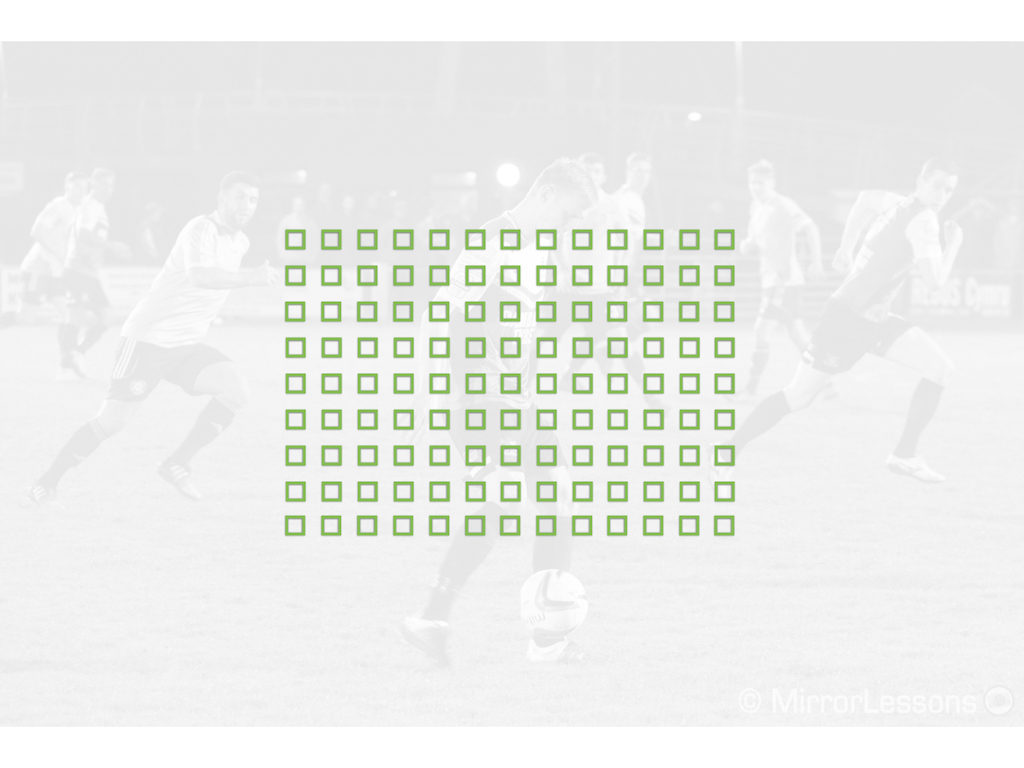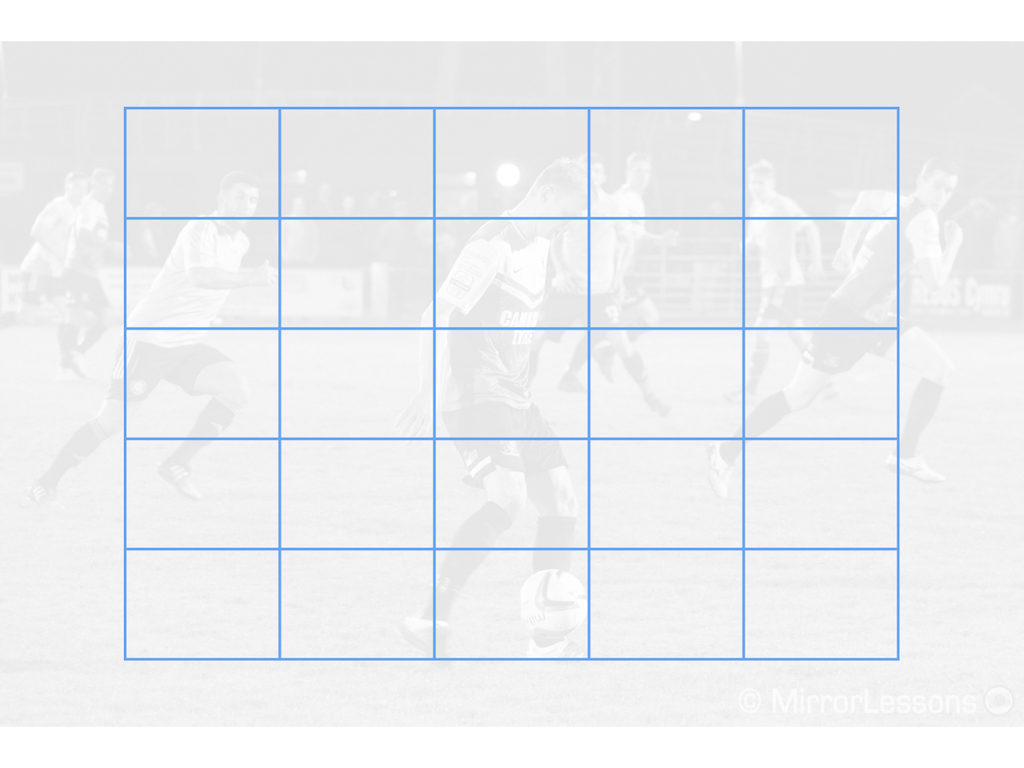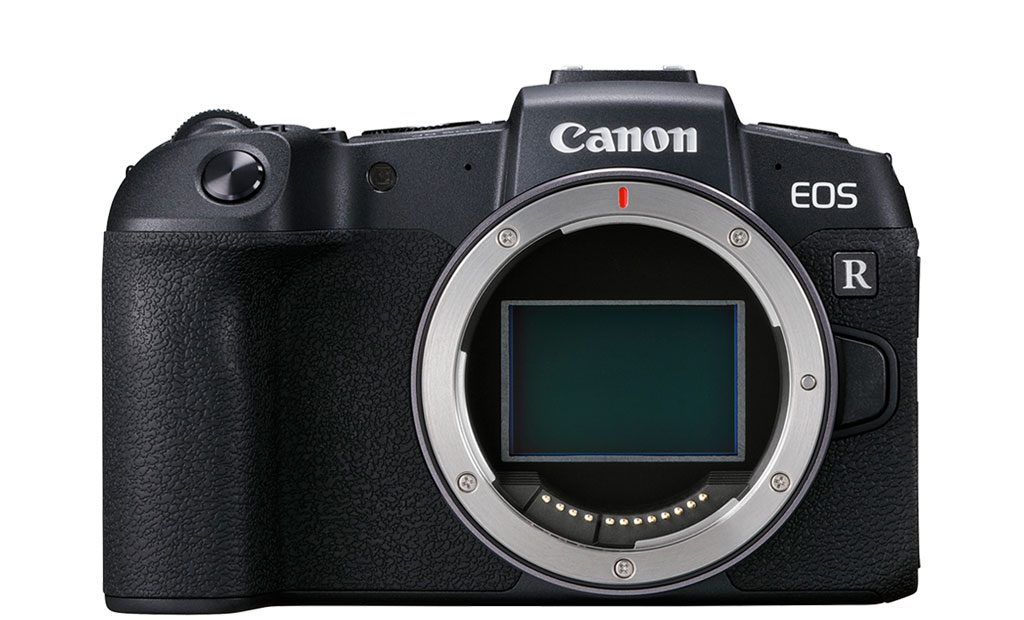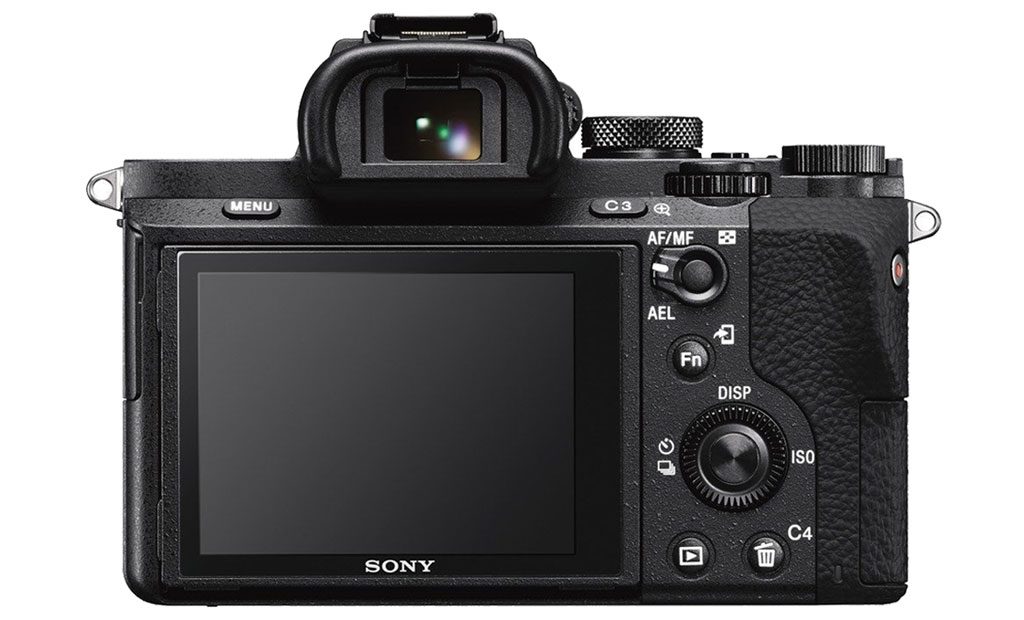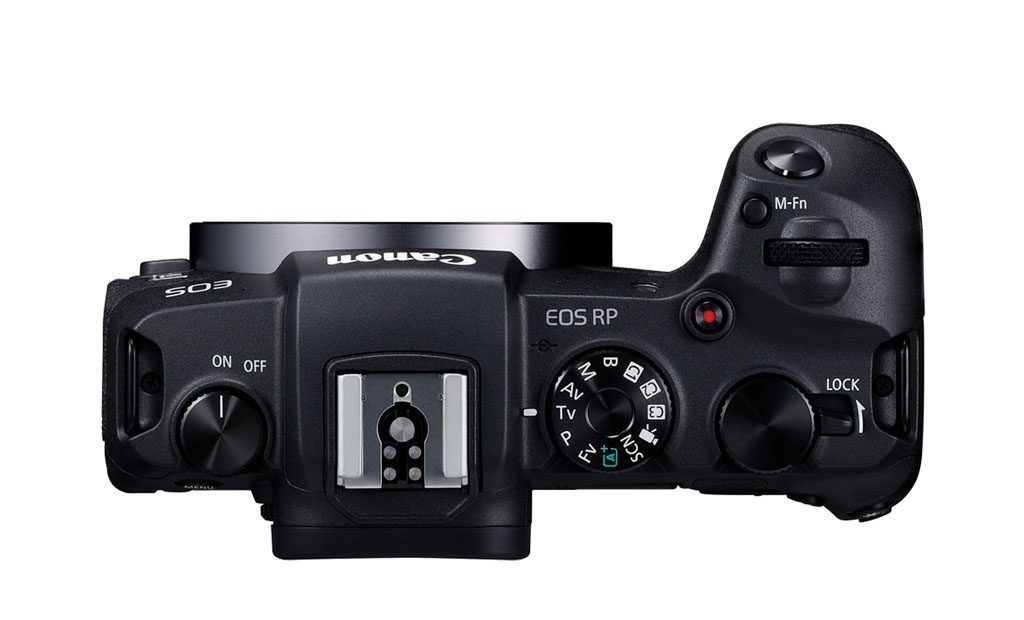In order to expand its new full-frame mirrorless system as quickly as possible, Canon decided to release a competitively-priced second body after the announcement of the EOS R last year. This camera, dubbed the EOS RP, may not feature the most attractive specifications, but its price (which will certainly decrease in the future) could make it a very attractive offering on the market.
If we had to pick a direct competitor, we’d go straight for the four-year-old A7 mark II, which Sony now classifies as a mid-range model in the full-frame E-mount series.
If you’re looking for a budget full-frame mirrorless camera, these two products are among the most interesting you can find. Let’s see how they compare.
Full comparisons:
Canon EOS RP comparison previews:
EOS RP vs EOS M50 – EOS RP vs A7 II
Ethics statement: The following is based on official information for the Canon EOS RP, and our personal experience with the Sony A7 II. Within the article, there are affiliate links. If you buy something after clicking one of these links, we will receive a small commission. To know more about our ethics, you can visit our full disclosure page. Thank you!
1. Sensor
The Canon EOS RP uses the same sensor as the EOS 6D mark II DSLR. It has 26.2MP but the on-sensor micro lenses have been updated to better fit the mirrorless design.

The A7 II has a 24.3MP sensor. Both have an anti-aliasing filter to prevent moiré and aliasing artefacts.
The EOS RP has a wider ISO range that goes from 100 to 40,000, plus extended values down to ISO 50 and up to ISO 102400.
The Sony’s sensitivity range goes from ISO 100 to ISO 25600 with a pull ISO 50 option.
They can record 14-bit RAW files with uncompressed or compressed options (named C-Raw on the RP model).
Additional coverage:
2. Stabilisation
The EOS RP doesn’t have sensor stabilisation so you need to use lenses with optical stabilisation, or external accessories such as gimbals, to stabilise your images.
For video there is an electronic option that also works with optical stabilisation. The results are really good but the field of view is cropped when using electronic stabilisation.
The A7 II has in-body 5-axis stabilisation with a rating at 4.5 stops (CIPA). In fact, it was the first Sony (and full-frame camera) to incorporate this technology.
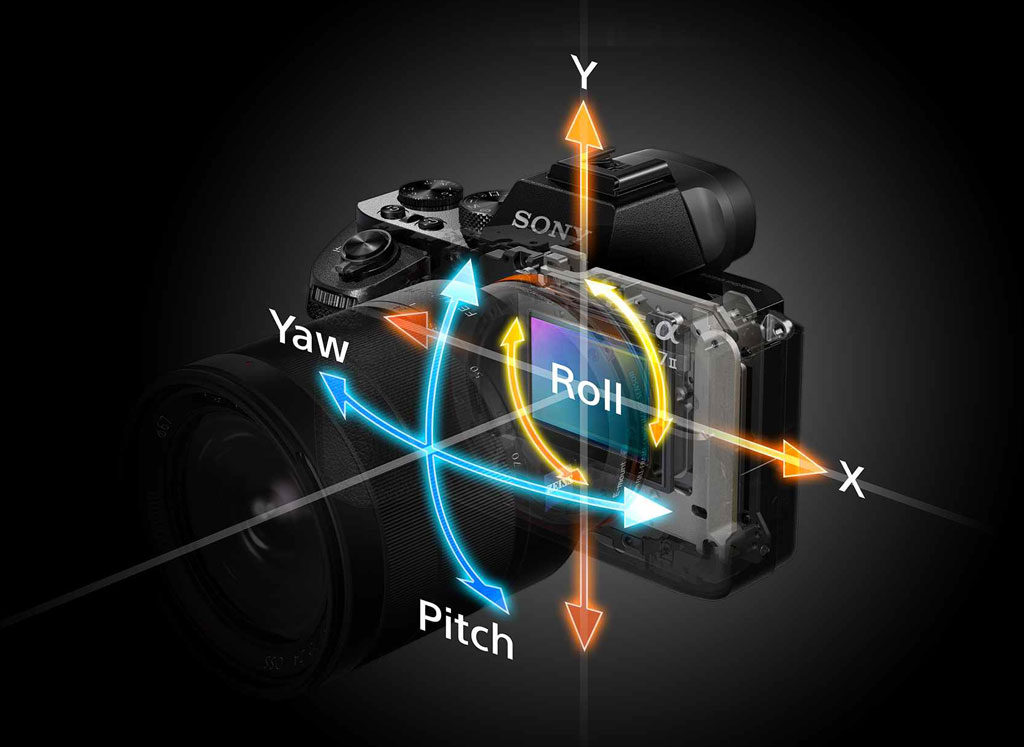
The Sony system can work with the sensor on its own (5 axes), with OSS lenses (3 axes on the sensor + pitch and yaw on the lens) and with lenses that lack electronic contacts (3 axes on the sensor).
The most obvious advantage in comparison to the Canon is the possibility of using sensor stabilisation with all type of lenses, which is interesting if you like adapting vintage glass for example.
3. Autofocus
Both cameras have an autofocus system with phase detection points.
The one on the EOS RP is called Dual Pixel CMOS AF. There are 4,779 points distributed across almost the entire sensor surface (88% width and 100% height).
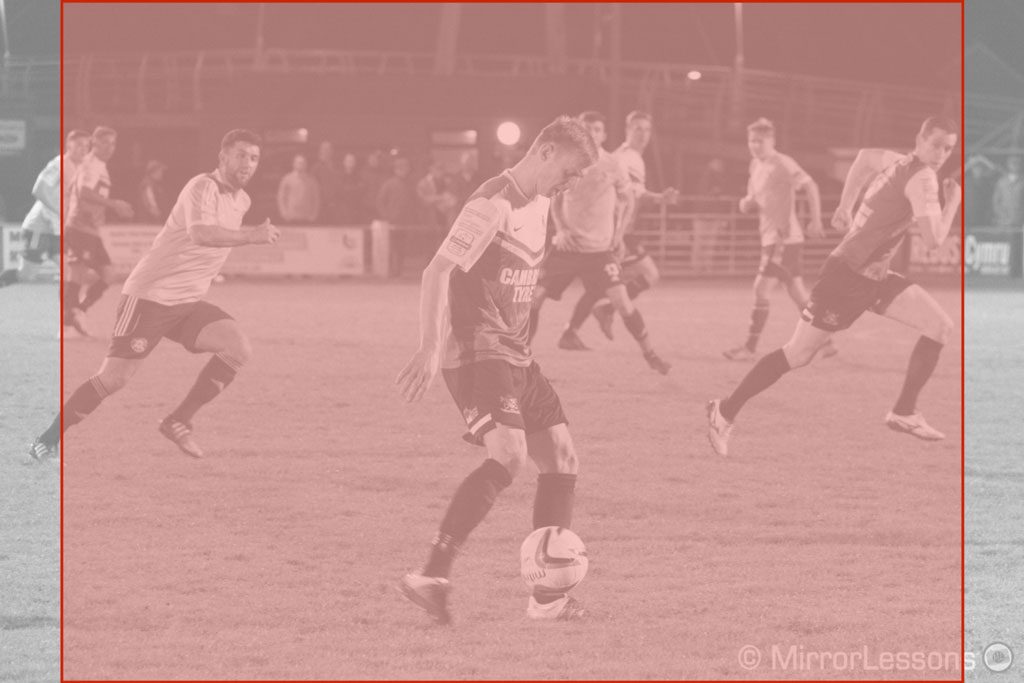
The A7 II has an older hybrid system with 117 phase and 25 contrast detection points. The phase detection points cover a smaller area of the sensor.
The EOS RP has better low light sensitivity with a minimum rating of -5Ev with an f1.2 lens (-3.5Ev at f2) whereas the Sony works down to -1Ev with an f2 lens.
The Canon has face and eye detection that works in Single and Continuous autofocus (Servo AF). It is available for stills and video.
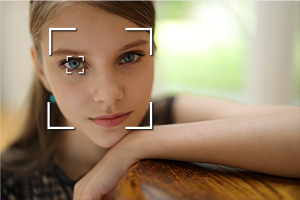
Sony is known for its EyeAF mode. Although it was already the best on the market at the time the A7 II was released, it isn’t as well-developed as it is today on the third-generation bodies. The A7 II has this mode (you need to assign it to a custom button) but it works in AF-S.
One drawback of the EOS RP is that when recording in 4K you can’t take advantage of its fast Dual Pixel CMOS AF. The camera uses contrast detection instead which is generally much slower.
4. Speed
The RP model can shoot at 5fps in continuous mode. If you want focus priority, the maximum frame rate is 4fps.
The A7 II can do a maximum of 5fps with continuous AF. In the end, neither camera offers impressive burst speeds, but they are still decent enough to capture some action.

As for the buffer memory, the RP can shoot at 5fps until the card is full if you select JPGs, or 50 RAW files at full speed. The A7 II is inferior, offering approximately 50 frames in JPG mode or 20 compressed RAW files.
5. Video
The EOS RP can record in 4K at 24 or 25fps and 120Mbps. In Full HD it goes up to 60fps and 60Mbps.
The A7 II doesn’t have a 4K option but can record up to 60p in 1080p as well (50Mbps with the XAVC S codec). You can see an example of the A7 II’s video quality in the video below.
In Full HD, both cameras use the entire sensor width (no crop) whereas in 4K, the RP applies a 1.8x crop.
Internal recording is limited to 8-bit 4:2:0 compression. You get a bit more colour information via the HDMI output at 4:2:2 8-bit (external recorded required).
As stated previously, the faster phase detection Dual Pixel CMOS AF of the Canon is not available for 4K video.
The A7 II benefits from additional settings for video such as the Picture Profiles and S-Log2 gamma, whereas the Canon C-Log is not available on the EOS RP.
The RP has an extra feature called Video Snapshot function that combines 4, 6, or 8-second clips into one movie.
6. Design and ease of use
The EOS RP is a bit larger but lighter and not as tall as the Sony model. Both cameras are built around a magnesium alloy chassis and are dust and moisture resistant.
- EOS RP: 132.5 × 85 × 70mm, 485g
- A7 II: 126.9 x 95.7 x 59.7mm, 599g
Despite the compact size, the EOS RP has a larger front grip that could prove more comfortable than the Sony’s (our least favourite among full-frame mirrorless models).
Both cameras feature a hot-shoe, twin control dials for aperture and shutter speed, a video record button and additional buttons that can be customised.
The Sony has an additional exposure compensation dial on top and two custom buttons. On the rear you can spot the AF/MF-AEL lever, inside which there is a button that offers additional customisation.
The A7 II features Sony’s old menu system which is not very user-friendly and requires some patience to learn. I really like the EOS RP’s menu which is very similar that of to the EOS R.
Both cameras can only take one SD card but the EOS RP is compatible with the faster UHS-II type.
Finally, both cameras offer USB, HDMI, and mic / headphone connections. The RP uses the faster USB C Type port.
The RP has a smaller viewfinder (0.39-in vs 0.5-in OLED panel) but the magnification is very similar (0.7x vs 0.71x) and the resolution is the same at 2.36M dots.
As for the screen, not only is the one on the Canon touch sensitive but it can also be flipped to one side and rotated 180˚. The Sony’s can only be tilted up or down and lacks touch capabilities.
7. Silent shutter and extra features
The RP has a few extra features such as the intervalometer function and 4K Video Time-lapse. It also has a silent shutter mode (electronic) unlike the A7 II.
The Sony doesn’t have a big selection of extra features by default but you can implement a number of them by downloading the PlayMemories Camera App. Be aware however that many of them are not free.

8. Battery life
The RP has a rating of 250 shots per charge because it uses the older and less powerful LP-E17 battery type.
The A7 II uses the older Sony battery as well (NP-FW50) but has a better rating of around 350 frames.
You can find an official battery grip for the Sony (VG-C2EM). Both cameras can be charged via USB. Also note that the A7 II doesn’t come with a separate battery charger.
9. Lenses
The EOS RP is part of Canon’s new mirrorless system. There are currently four lenses available and the brand has announced the development of six more in 2019. Most of these lenses (fast zooms and primes) are on the expensive side however.
The most affordable zoom is the 24-105mm which still costs around $1K. The system needs more affordable kit lenses that can better suit a camera like the RP. Canon includes an RF to EF adapter in the box so that you can have access to its vast selection of DSLR lenses. However given the compact design of the RP, this solution will likely unbalance the camera.
The A7 II offers a wider selection of lenses and there is a modest kit lens available as well (28-75mm f3.5-5.6). There are a number of reasonably priced primes and additional offerings from Zeiss, Samyang, Sigma and Tamron. The latter in particular is interesting thanks to its affordable 28-75mm f2.8 zoom.
You can adapt DSLR lenses to the A7 II as well (including Canon EF lenses) via Sony’s or third-party adapters.
10. Price
The EOS RP debuts with the price of $1300 in the US (body only). The A7 II can be found for less at the time of publishing this article (around $1000 down from the retail price of $1400).
In Europe, the RP costs £1400 / €1630, whereas the A7 II can be found for around £1000 / €1200. These prices may vary depending on the country and dealer.
Conclusion
Full comparisons:
Canon EOS RP comparison previews:
EOS RP vs EOS M50 – EOS RP vs A7 II
The EOS RP offers more features than the A7 II such as 4K video, a more recent autofocus system, a multi-angle LCD monitor, silent shutter and a more user-friendly interface.
The Sony is inevitably starting to show some signs of ageing but, at the time of publishing, it is the more affordable model of the two. The E-mount offers a wider selection of native lenses as well.
We cannot comment on the difference in image quality, as we have yet to test the RP, but you’ll find many reviews highlighting the superior dynamic range of Sony sensors, if you’re interested in this sort of thing.
In the long run though, the RP could become a camera difficult to resist to if you’re looking for an affordable full frame option, especially if rebates and discounts start to become available.
Reminder: the links below are affiliate links. If you decided to buy something after clicking the link, we will receive a small commission.
Check price of the Canon EOS RP on B&H Photo
Check price of the Sony A7 II on B&H Photo

